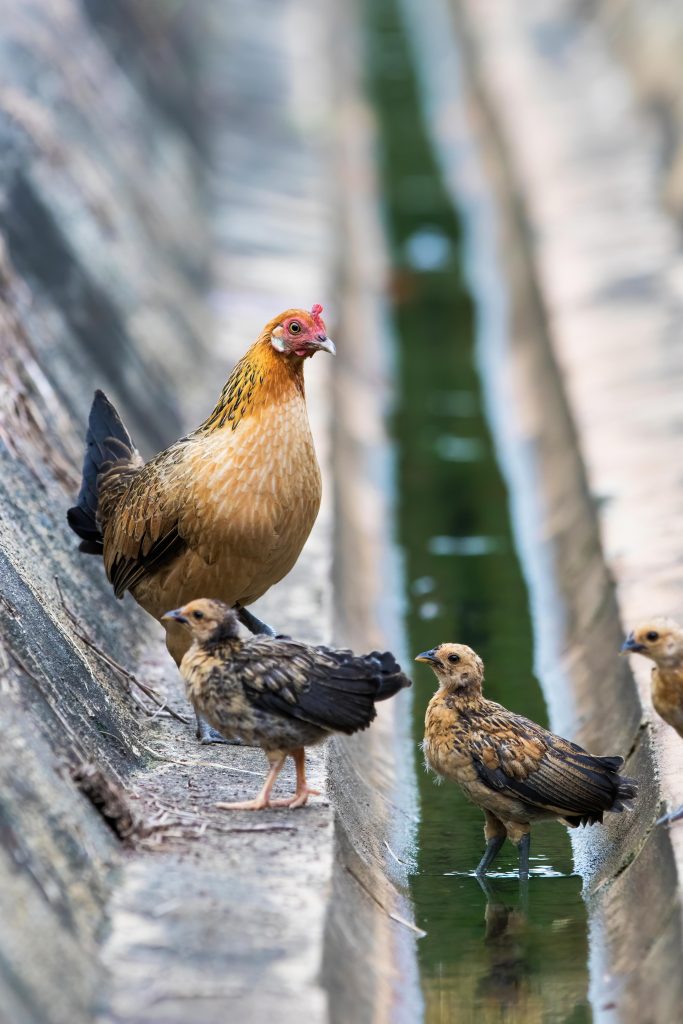
Red junglefowl are the wild ancestors of the chicken, and the two are known to readily admix. In their study, Wu et al. found evidence of a loss in wild genotype in the red junglefowl across the Anthropocene by comparing contemporary genomes with historic ones from approximately a century ago. In their native range in Southeast Asia, free-roaming red junglefowl exhibit domestic traits indicative of domestic introgression into the wild population (shown here). Credit: Yong Chee Keita Sin, Wu et al, 2023. CC-BY 4.0
Estimates indicate that wild birds inherited 20% to 50% of their genomes from chickens.
According to a new study published in the journal PLOS Genetics, the red junglefowl, the wild ancestor of the chicken, is experiencing a loss of genetic diversity due to interbreeding with domesticated birds. The study was led by Frank Rheindt of the National University of Singapore.
Sometime between 3,000 and 10,000 years ago, humans domesticated the red junglefowl in tropical Asia. Despite this, wild and domestic birds can still interbreed. This interbreeding between wild and domestic red junglefowl is a cause for concern in terms of conservation, as wild populations that gain more DNA from chickens may experience a loss of genetic diversity, making them more vulnerable to changes in their environment.
In the new study, researchers contrasted whole genomes from 51 chickens and 63 junglefowl from across the wild bird’s natural range, to find signs of interbreeding. They saw that DNA from domesticated chickens is moving into wild junglefowl, and the scale of that movement has increased over recent decades. By comparing modern wild genomes to genomes of red junglefowl from approximately a century ago, the researchers estimate that the wild birds have inherited 20% to 50% of their genomes from domestic birds, depending on their location. The study also identified eight genes that differed greatly between domestic chickens and their wild ancestors, and which were likely key to developing the chicken as a livestock animal. These genes are involved in development, reproduction, and vision.
The results of the study bring to light the ongoing loss of genetic diversity in the wild junglefowl, and the researchers suggest that efforts may be needed to protect its genome. Additionally, wild populations have value for agriculture because they can serve as a reservoir of genetic diversity that researchers can tap into to improve domesticated species – for example, finding genetic variants that make an animal more resistant to a particular disease. Losing that genetic diversity in red junglefowl may hinder scientists’ ability to safeguard one of humanity’s most important food sources.
The authors add: “Genomes of 100-year-old birds show that modern wild junglefowl carries on average more domestic DNA than they used to. The wild genotype is an important reservoir of chickens’ genetic diversity and preserving it is critical.”
Reference: “Historic samples reveal loss of wild genotype through domestic chicken introgression during the Anthropocene” by Meng Yue Wu, Giovanni Forcina, Gabriel Weijie Low, Keren R. Sadanandan, Chyi Yin Gwee, Hein van Grouw, Shaoyuan Wu, Scott V. Edwards, Maude W. Baldwin and Frank E. Rheindt, 19 January 2023, PLOS Genetics.
DOI: 10.1371/journal.pgen.1010551


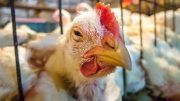
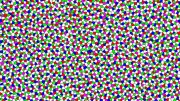
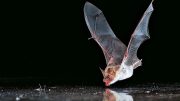
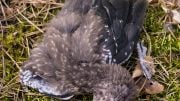

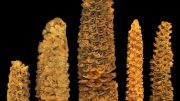
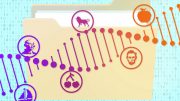
Be the first to comment on "Genetic Contamination: Domesticated Chicken DNA Is Tainting Genomes of Wild Red Junglefowl"